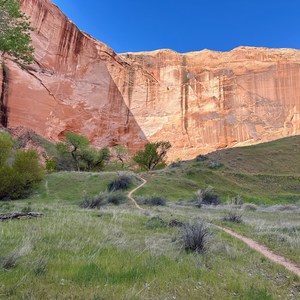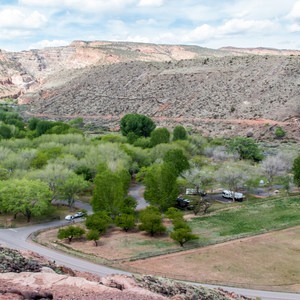The Hayduke Trail is a remote, rugged and challenging 800 mile backcountry route across Southern Utah and Northern Arizona. The route leads through varied terrain from Arches to Zion. You’ll pass through all five of Utah’s national parks, as well as the Grand Canyon. The Hayduke Trail is only for experienced backpackers. Those lacking in desert hiking experience may quickly find themselves in trouble as the off trail navigation, lack of water, long food carries, general remoteness and harsh weather can pose a daunting challenge. Anyone planning a section or thru hike of the Hayduke Trail should complete adequate research beforehand and consider purchasing the official guidebook and Skurka bundle. The brief description that follows provides an overview, but is not to be solely relied upon to successfully navigate the trail.
The Henry Mountains Bypass is an alternate route that can be taken if there is too much snow to safely hike the high route, or if the weather is threatening. The official route is definitely recommended, but it climbs some 2,400 feet higher than the low route to the south summit of Mount Ellen and may not be a suitable option for spring thru-hikers after a big winter.
The low route splits from the official route near Bromide Canyon and Crescent Creek. Instead of turning right onto Bull Creek Pass Road, turn left onto Copper Ridge Road. You’ll then follow this road generally south.
You’ll climb gradually up to an elevation of about 9,000 feet. During a heavy snow year you’ll still likely have to deal with some snow even on the low route. Getting an early start allows for easier hiking while the snow is still frozen, making it less likely to posthole.
The road then descends to Pennellen Pass. Shortly thereafter you’ll take the King Ranch Road as it heads generally west and continues descending.
Continue until you come to Tarantula Mesa Road and rejoin the official Hayduke route.




























Comments
Sign In and share them.